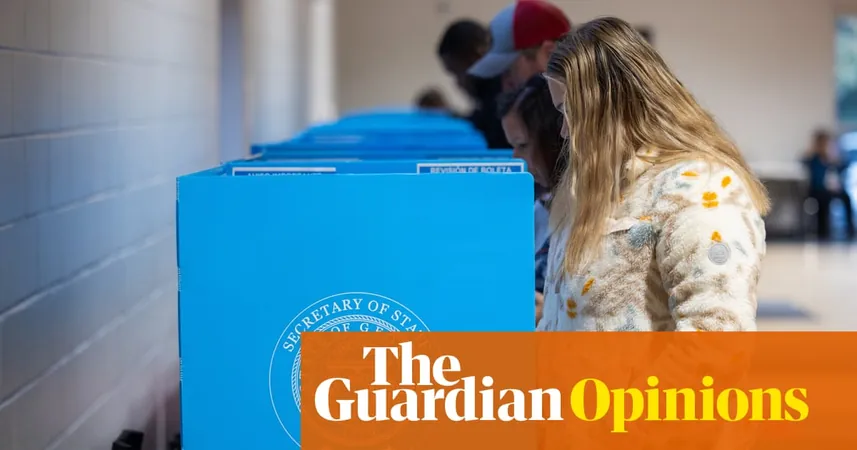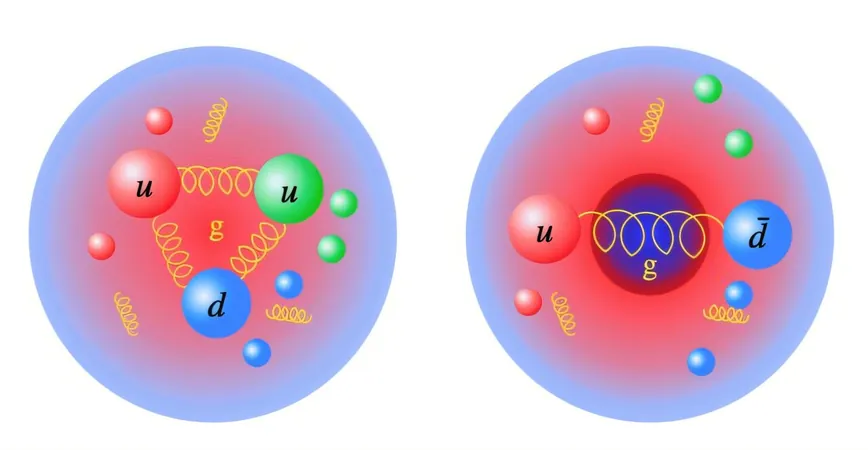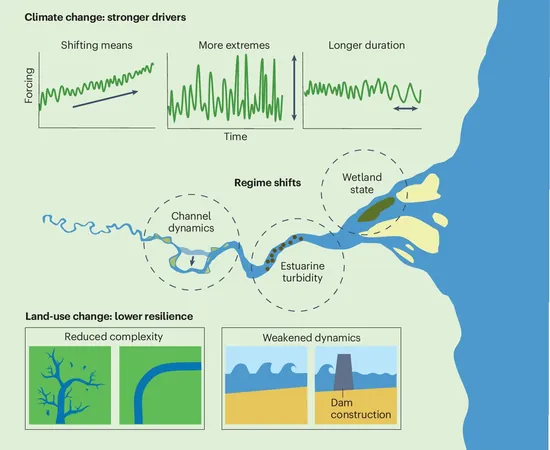
The Discontent in America: How Trump's Return Signals a Demand for Change
2024-11-07
Author: Noah
Americans have long voiced their frustrations about politicians and the rampant corruption perceived within the system. However, the recent election of Donald Trump—despite his status as a convicted felon and a master of falsehoods—marked a turning point, making it clear that many citizens are desperate for substantial transformation. Trump's victory, while shocking, echoes the sentiments of a populace yearning for an overhaul in leadership and direction.
Trump's campaign capitalized on a desperate desire for change, winning large segments of the electorate that feel left behind amidst rising inflation and conflicting immigration policies. While most Americans express disapproval of him, his portrayal of the current administration as a dystopian nightmare resonated with voters longing for a return to what he framed as a better time during his presidency—a bold tactic that allowed him to deflect blame for the pandemic and its staggering death toll.
As Trump resumes control—with Republicans holding the White House and the Senate—governing proves to be a daunting challenge. Trump has historically carved a distinct path marked by chaotic governance, vowing to reinstate controversial policies like mass deportations and trade wars. However, there's uncertainty surrounding what his presidency will entail beyond bold rhetoric and contentious actions. Americans may have sought a manifesto of change, but whether Trump's approach aligns with their vision remains questionable.
In contrast, the Democratic Party faces its own reckoning. Kamala Harris's campaign emerged as a formidable challenger, presenting a vision of unity against Trump's divisiveness. While Harris laid out progressive priorities, the internal dynamics of the party will begin to unravel post-election. Critics, particularly from the party's right flank, are poised to blame her loss on perceived liberal overreach and insist that America was not ready for a mixed-race woman leading the charge.
At the same time, the left side of the Democratic spectrum might argue that her ties to the establishment alienated voters seeking genuine change. The question lingers: Did Harris fail to distinguish herself enough from Biden, leading to her portrayal as merely an extension of a status quo that voters are disenchanted with?
Ultimately, it begs the question: How did the United States arrive at the point of electing a controversial figure like Trump? The answer appears to be a collective cry for a new direction, an urgency to forge a different path forward. As both parties reflect on their strategies and priorities, it remains uncertain whether they can effectively meet the demands of an electorate hungering for profound transformation. With the political landscape shifting again, the next few years will be crucial in understanding whether Americans will find what they are truly searching for in their leaders.
Will this change manifest through further polarization, or can a unifying vision be forged to address the feelings of neglect and frustration that so many citizens harbor? The stakes couldn't be higher as the nation watches and waits.









 Brasil (PT)
Brasil (PT)
 Canada (EN)
Canada (EN)
 Chile (ES)
Chile (ES)
 España (ES)
España (ES)
 France (FR)
France (FR)
 Hong Kong (EN)
Hong Kong (EN)
 Italia (IT)
Italia (IT)
 日本 (JA)
日本 (JA)
 Magyarország (HU)
Magyarország (HU)
 Norge (NO)
Norge (NO)
 Polska (PL)
Polska (PL)
 Schweiz (DE)
Schweiz (DE)
 Singapore (EN)
Singapore (EN)
 Sverige (SV)
Sverige (SV)
 Suomi (FI)
Suomi (FI)
 Türkiye (TR)
Türkiye (TR)